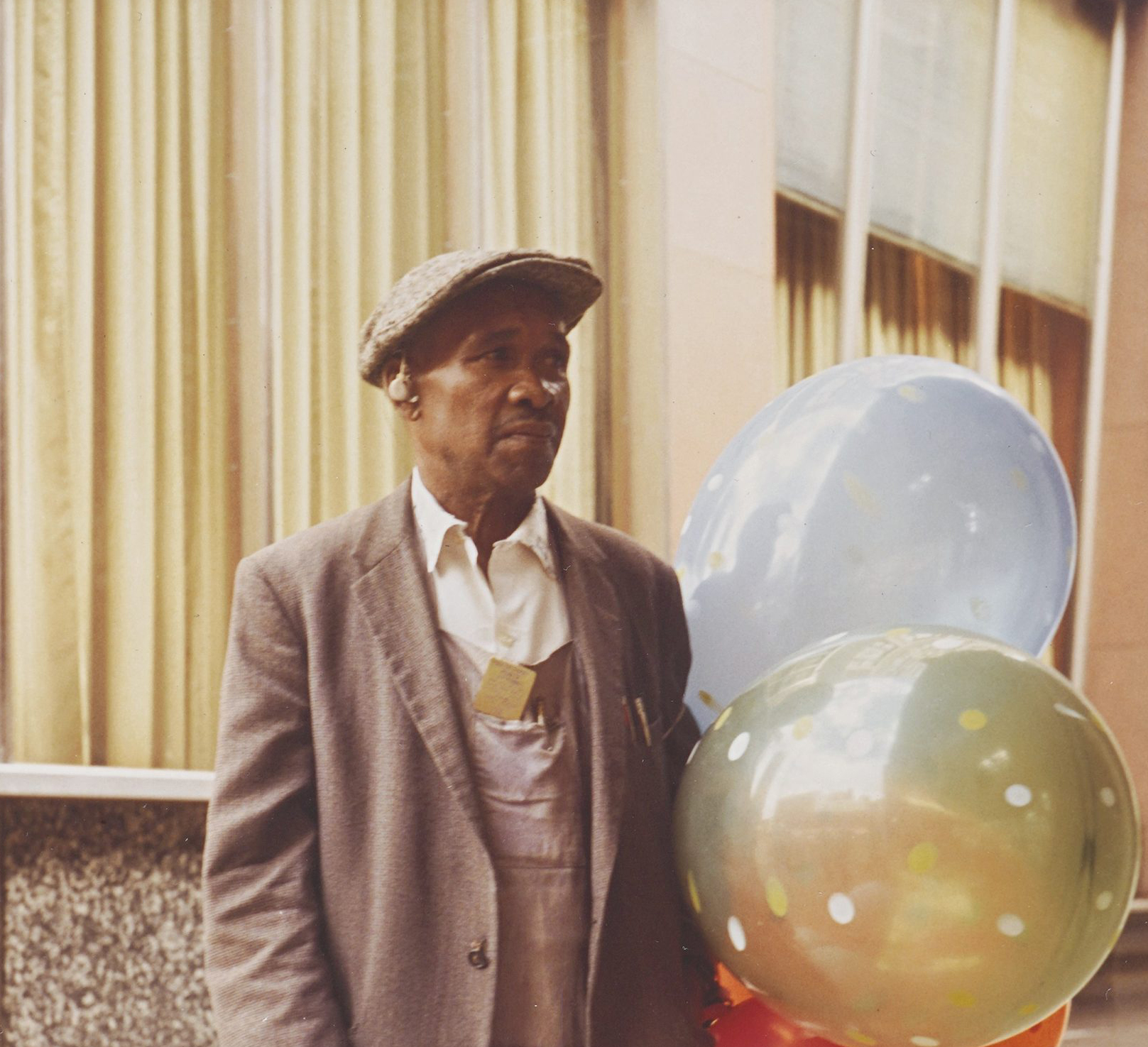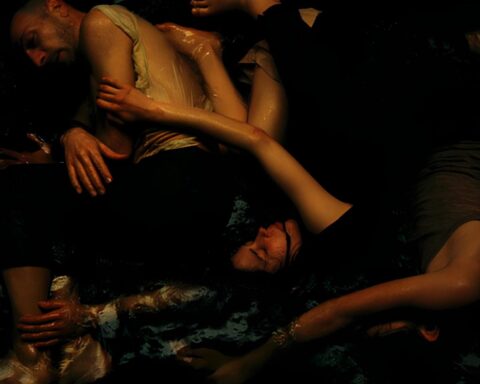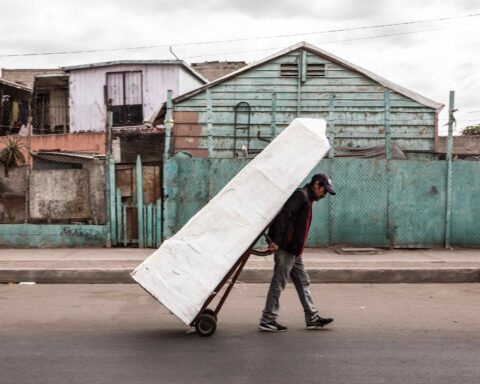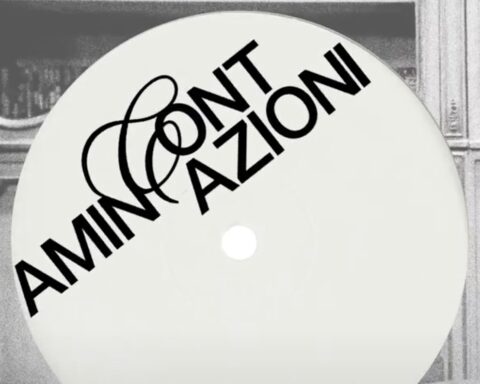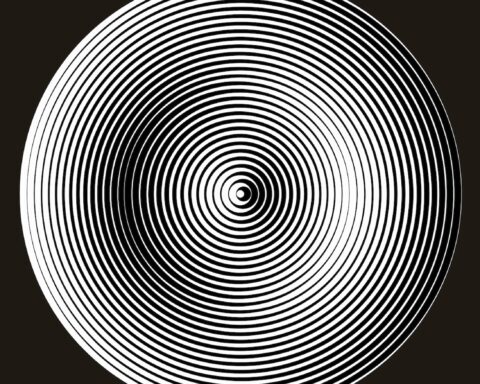From 9 February to 26 June 2022, the Chiablese Wing of the Turin Royal Museums will host the exhibition of Vivian Maier (1926-2009), one of the most important exponents of what has come to be known as ‘street photography’.
The exhibition’s very title, Inedita (Unpublished), already makes a clear statement to the effect that, following its launch edition at the Musée du Luxembourg in Paris (15 September 2021 to 16 January 2022), it now arrives in Italy with the intention of telling unknown and little-known stories from the mysterious life and career of Vivian Maier, exploring new chapters and displaying works that have never before been put on show in Italy, such as the series of shots taken during her trip to this country, in particular to Turin and Genoa.
Curated by Anne Morin, co-organised by diChroma and by the Réunion des Musées Nationaux – Grand Palais and produced by Ares Srl with the Turin Royal Museums, under the patronage of the City of Turin with the partnership with Women In Motion, a Kering program that shines a light on the talent of women in the fields of arts and culture,, the exhibition features more than 250 photographs, many of them rare or never seen before in public, such as her colour shots, taken throughout her long career. These are accompanied by ten films in the Super 8 format, two audio recordings with her voice and several objects that belonged to her, such as her Rolleiflex and Leica cameras, and one of her hats.

The exhibition visits all the most characteristic themes explored by Maier in her career, opening with a series of self-portraits in which her severe countenance is reflected in mirrors and shop windows, while her long shadow invades the lens, almost as though she had finally decided to show herself to a public that she was never able to meet – and never wanted to.
One section is devoted to her shots taken on the go, on the streets of New York and Chicago. Vivian Maier had a preference for the proletarian neighbourhoods of the cities where she lived. Tireless, she would walk the length and breadth of an urban fabric populated by anonymous souls who were transformed, if only for a fraction of a second, into protagonists who played an unconscious role when she caught them in her viewfinder.
The scenes that feature in her narratives were often anecdotes, coincidences, twists of fate and instances captured from everyday social life to which no-one would normally pay any attention. Every one of her images was caught right there, on the spot where that ordinariness falters, where reality slips up and becomes extraordinary.
While walking through a city, Vivian Maier would sometimes stop short, arrested by a face. Most of the faces she would scan during her photography expeditions were those of people who were much like herself, living on the fringes of a world illuminated by the euphoria of the American dream. Those faces spoke of poverty, of gruelling work, misery and obscure destinies. Each of her portraits, unperturbed and austere, is captured frontally at the exact moment of the shot. They are counterbalanced by others: portraits of well-heeled ladies who react as though offended at the photographer’s sudden appearance.


In addition to her portraits, Vivian Maier also focused on gestures, compiling an inventory of the attitudes and postures of the people she photographed, gestures that reveal a thought or an intention, but often also their true identity. Hands often play a leading role in these images, because they unconsciously tell stories of the lives of the people to whom they belong.
Around the beginning of the sixties, a change can be detected in her way of taking photographs. Her relationship with time was changing and the cinema was already beginning to forge ahead and take precedence over photography. Vivian Maier started playing with movement, creating kinetic sequences, as though she were trying to transport the specific nature of cinematographic language into that of photography, creating virtual film sequences.
As a natural consequence, she started shooting film with her Super 8 movie camera, making a record of everything that passed before her eyes, fully frontally, using neither artifice nor editing.
One important chapter of the exhibition is devoted to her colour photographs. While on the one hand her black and white photography is profoundly silent, on the other, her colour photography comes across as a space full of sound, where you have to listen first before you can truly see. This musical concept of colour seems to echo in the cityscape, where the blues flows along the streets of Chicago, and in particular in the working people’s neighbourhoods frequented by Maier.
The exhibition would not have been complete without a section covering the theme of childhood that accompanied Vivian Maier throughout her life. The fact that she spent so many years in close proximity to children enabled her see their world in a unique way. Working as a governess and a nanny for nearly forty years, Maier took part in the lives of the children entrusted to her care, recording their faces, their emotions, their expressions, their grimaces and their looks, as well as their games, their imagination and everything else that inhabits a child’s life.
Vivian Maier. Biographical notes
Born in New York to a French mother and an Austrian father, Vivian Maier (1926-2009) spent most of her youth in France, where she started taking her first photographs using a modest Kodak Brownie box camera. Returning to live in the United States in 1951, she started working as a nanny for several families, a profession she was to pursue throughout her life, its inherent economic and residential instability conditioning several important decisions in her photographic output. A photographer by vocation, Vivian never went out without her camera hanging by its strap around her neck, taking photographs compulsively with her Rolleiflex and accumulating such a huge quantity of exposed reels of film that she could not develop them all.
Struggling to survive as the old millennium gave way to the new one, in serious economic difficulty and with no fixed abode, Vivian had to watch as her negatives were auctioned off by the company that had held them in storage to make good an unpaid bill. Some of this material was bought in 2007 by John Maloof, an estate agent who was fascinated by this mysterious photographer and decided to seek out her works, creating an archive of more than 120,000 negatives, a true treasure trove that has now enabled the public at large to discover her intriguing life and works.
VIVIAN MAIER. UNPUBLISHED
Turin, Royal Museums | Chiablese Wing (Piazza San Giovanni 2)
9 February – 26 June 2022


